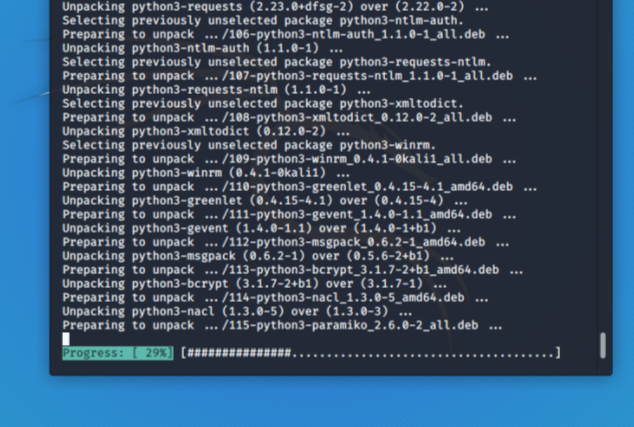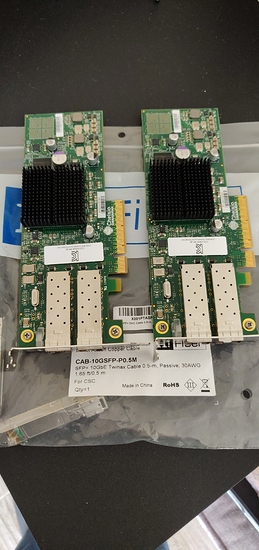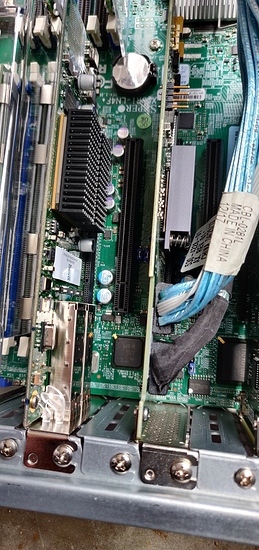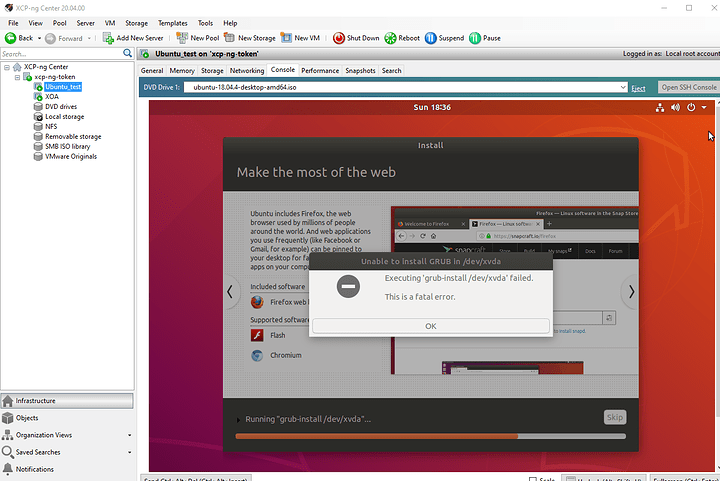Don’t dream it, stream it.
If there is a market for an “idiot trying to do admin things- disclaimer, cussing and drinking, rated R. Come along for the ride and watch someone take hours to figure out what it takes many 15 mintues”, fugg it, I’d give it a whirl. I’d try my best to edit it down to something entertaining but still conveys, “hey non grey-beard, you are not alone, I didn’t know how to follow that tutorial either, so this is what I figured out along the way”.
If nothing else it can be for your reference.
Speaking of distro hopping (or in this case not so much distro but GUI hopping), I tried Xfce. Initially liked it but the more I use it the more I dislike it. I’m finding it very intuitive, lots of features I don’t need and insanely difficult to find what I do need.
Not saying its for no one- its a right brain left brain thing- this GUI probably makes massive sense to some (if not most), but for me it just doesn’t work.
Woot, its the small things in life. Transferred my domain register from Bluehost to Cloudflare.
Wow, cloudflare has so many bells and whistles, but I did it mostly for the DNS API support. No one seems to support Bluehost (probably Bluehost’s doing IMO).
Why does one choose docker create or docker compose? The former to get into the configs and make further changes before staring it up? The latter to just get it all running out of the gate?
The other way around, in my experience. Docker-compose also allows you to manage dependant containers in one place and has all your settings configured in one place as well.
So I ran out of space on my datastore on esxi. It was long overdue to use some chelsio N320E cards to setup iscsi between freenas and esxi.
Well kids, do your homework before stuff like this. The T320s have no support from either chelsio or esxi to work on anything above 5.5. I always thought the driver mod community for esxi was strong but this card must be way too old.
Freenas sees the card, should work according to a lot of forum posts.
So three choices:
- ponie up $$$$ for a 520 card for esxi
- fall back to dual sport gigbit iscsi, seems to be fine for modest loads.
- high time to ditch esxi and go with xen
What’s your guy’s and gal’s votes? I’ve kinda been looking for an excuse to go xen.
I’m thinking try dual gigbit with round robin setup just for the experience and to test and if it’s too laggy, xen time.
This guide looks pretty cool for the gigbit setup:
A dual gigabit setup (in the comments) got ~230MB/s for sequential read and writes. Thats blabber to me, its a good opportunity for me to set it up and see if I can perceive any difference when booting up my VMs and using their services.
Arent Intel quad port 1Gb adapters cheap?
I doubt the aquantia 10Gb NICs are supported on freenas yet.
(i prefer FC HBAs , right now, since I can get away without needing a fabric switch b/t my compute and storage server)
I had a trusty 1tb blue in my first hypervisor and it was plenty good. Presenting block storage from freenas is just a derp homelab check box I’ve been wanting, no particular justification or use-case other than ‘I wanna’ haha.
How about Mellanox cards? Or are the affordable ones also not supported on ESXi?
As a nice bonus they apparently run quite a bit less hot than the Chelsio cards.
There’s a driver IIRC.
Apparently an HP nc523sfp will work and they are way cheaper than what I bought…
This is my all time fav NIC.
https://www.chelsio.com/wp-content/uploads/2011/07/T422-CR-010312.pdf
Installed XCP-ng.
Somehow managed to bump my way around into getting 10G connected between FreeNAS and XCP-ng, setup an NFS dataset, disabled sync, added to XCP etc.
Tried to spin up an Ubuntu box but grub wouldn’t install.
A debian build did work and updated right now.

10G cards hitting some awesome speeds
All and all XCP-ng is pretty cool, but I’m finding the networking part really hard. I think my perfect setup will be to go back to ESXi and get a vmug membership so I can get the few features I’m really wanting out of it. The networking parts of ESXi make much more sense to me.
Been trying to find a way other than having a citrix Enterprise account to download their converter (XenConvert) to get VMware VMs converted over to XCP-ng. Anyone have any tips?
This looked promising. I installed qemu on my linux laptop to give the command to regex/find the vmdk and convert to raw but I can’t get the command to work.
You want sync for VM storage no?
I followed a Lawrence video where he went over the safety lost (if there is a power outage) but he did speed tests with it on and off and the gain in speed is worth the risk I suppose.
I’m super happy with the 10G and NFS speed so far (just one little small linux VM created thus far). Can’t wait to load up lots more VMs and see how it all holds up.
My two biggest gripes with xcp-ng so far:
-
network controls: I’m sure to salty grey beards they can do anything imaginable with xcp-ng and networking. Its not a capability gripe, but as a general “Joe” user I’m completely perplexed at how to do even the simplest network operations. ESXi generates a fricken vizio looking diagram for you as you change interfaces, add virtual NICs etc.
-
If you do not compile from source Xen Orchestra you do not get all the features (thats fine), but ironically the xcp-ng manager installs and runs on Windows. One of the big things I enjoyed with newer versions of ESXi is not having to have a windows box for vsphere client.
Minor gripes I feel bad for even verbalizing as its amazing this whole thing was built up by some people who called out citrix for removing features to develop a paid for version that is fully featured.
I might find myself going back to ESXi for no other reason than the idiot proof networking aspect. I might pay for a vmug simply to get the other thing I was craving, easy VM cloning.
Yeah, sync sucks (ha) when it comes to performance. It’s probably more critical for a database than a vm but is still recommended for VMs…
Ovirt 4.4 is in second beta. Hopefully out soon…
That said, ovirt is kind of weird coming from ESXi as well, but at least getting a node up in CentOS is pretty straightforward, and you can manage it via web GUI, qemu, ansible, etc.
Did you not like Proxmox? I feel like you considered it but I don’t remember the specifics.




